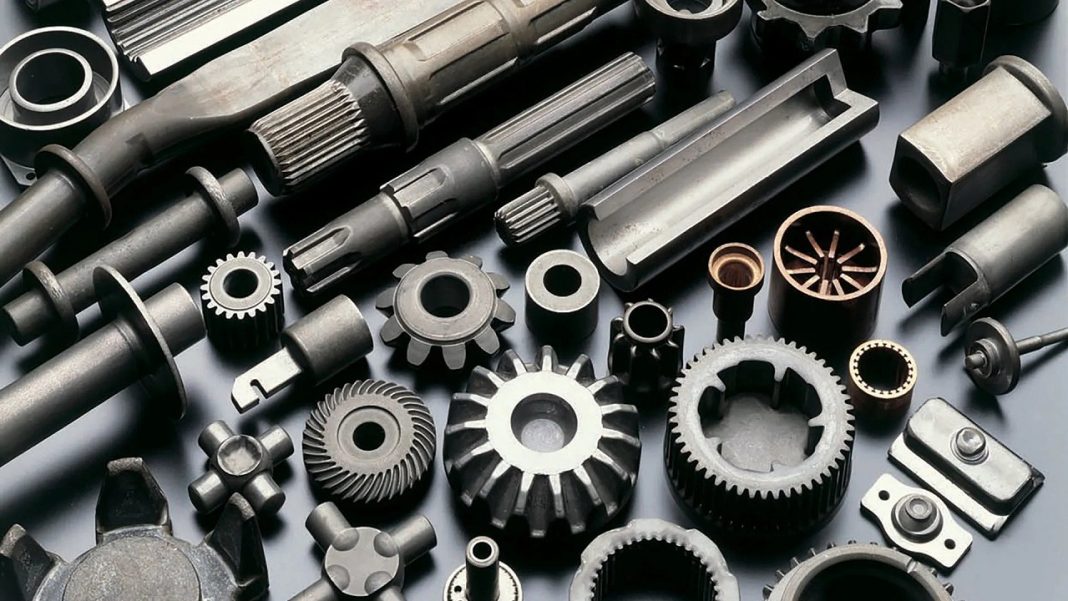In the world of manufacturing and engineering, the quest for stronger and more durable products is a never-ending journey. Ensuring that components and parts can withstand the test of time and demanding conditions is a top priority for any manufacturer. Cold forging is a remarkable manufacturing process that has played a pivotal role in enhancing product strength across various industries. In this article, we will explore how cold forging achieves this feat and the advantages it offers. For those searching for a reputable forging company, look no further than Cxin Forging. Visit their official site through the provided link for detailed information.
The Science Behind Cold Forging
Cold forging is a precision manufacturing process that involves shaping metal materials at or near room temperature through the application of extreme pressure and force. Unlike hot forging, which relies on heating metals to high temperatures for shaping, cold forging achieves deformation and transformation without the need for excessive heat. This process can be applied to a wide range of materials, including aluminum alloys, carbon steel, and stainless steel.
Enhanced Mechanical Properties
One of the most significant contributions of cold forging to product strength is the enhancement of mechanical properties. Here’s how cold forging achieves this:
Grain Refinement
Cold forging subjects the metal to immense pressure, leading to a significant reduction in grain size. Smaller grains result in higher material density, which translates into improved mechanical properties, including tensile strength, hardness, and resistance to fatigue.
Work Hardening
Cold forging induces work hardening, a phenomenon where the metal undergoes plastic deformation, making it less prone to deformation and wear. The resulting material is more robust and resilient.
Precise Dimensional Control
Cold forging offers exceptional dimensional accuracy and tight tolerances. This precision ensures that the final product meets exact specifications, contributing to its overall strength and functionality.
Advantages of Cold Forging
Cold forging offers several advantages that make it a preferred choice for manufacturers:
Improved Product Strength
Cold forging enhances the material’s strength and durability, ensuring that the final products can withstand demanding conditions.
Enhanced Precision and Quality
With precise dimensional control, cold forging results in components that meet exact specifications, guaranteeing high-quality end products.
Material Efficiency
Cold forging produces minimal material waste, making it a cost-effective and sustainable option.
High Production Efficiency
The process is highly automated and efficient, leading to faster production rates and reduced labor costs.
Superior Surface Finish
Cold-forged components typically have smooth and polished surfaces, reducing the need for additional finishing processes.
Environmental Friendliness
Cold forging consumes less energy and generates fewer emissions compared to hot forging, making it an environmentally responsible manufacturing choice.
Conclusion
In the realm of manufacturing, the pursuit of stronger and more durable products remains a constant endeavor. Cold forging has emerged as a remarkable technique that significantly contributes to enhancing product strength through grain refinement, work hardening, and precise dimensional control. Its advantages, including material efficiency, high production efficiency, superior surface finish, and environmental friendliness, make it an attractive choice for manufacturers across various industries. As technology continues to advance, cold forging is expected to play an even more significant role in creating products that excel in strength and performance, ensuring their longevity and reliability in diverse applications.









